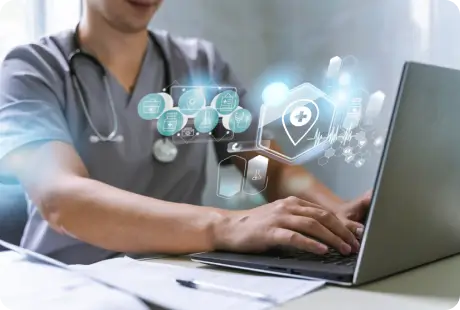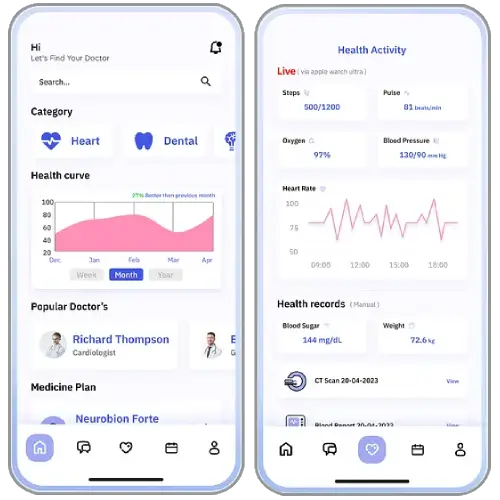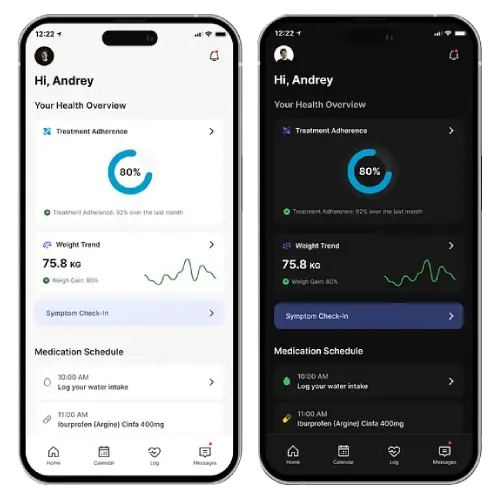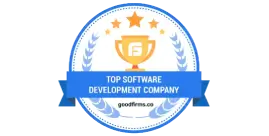White Label Remote Patient Monitoring Software
Get ready to take patient care to the next level with white label remote patient monitoring software solutions. Invest in a ready-to-deploy software for intelligent alerts and EHR integration. Engage patients and streamline clinical workflows with a custom white label telehealth software solution.









